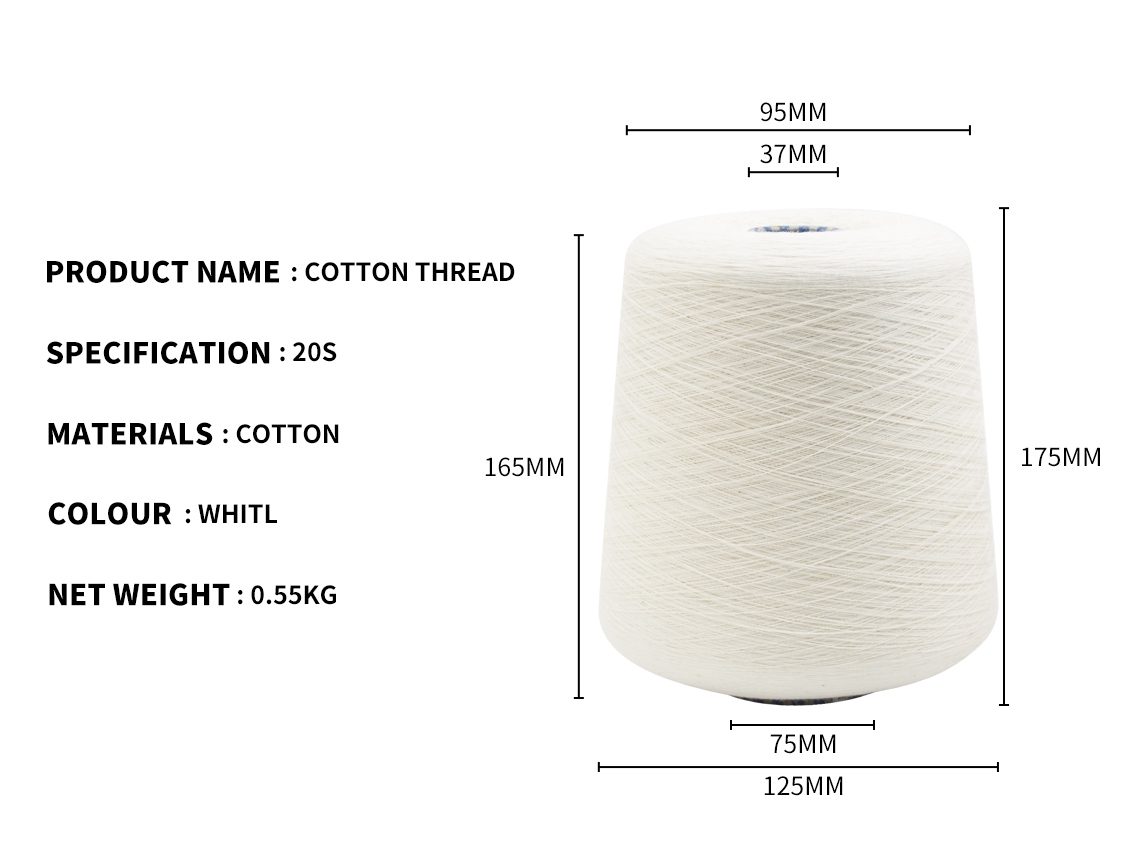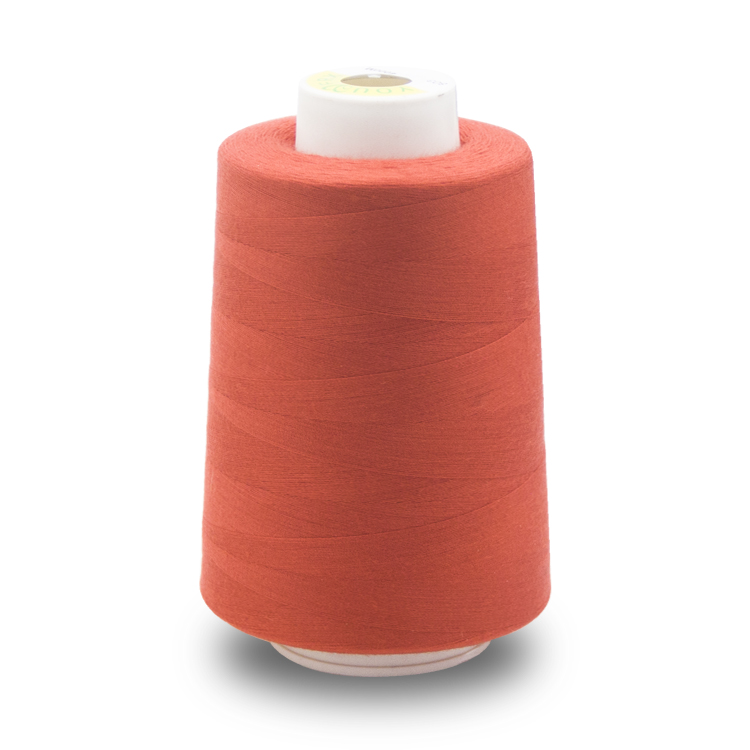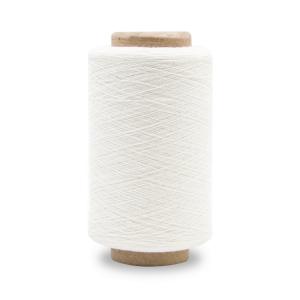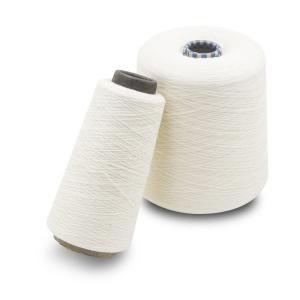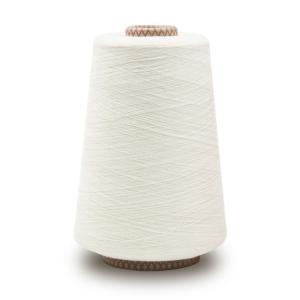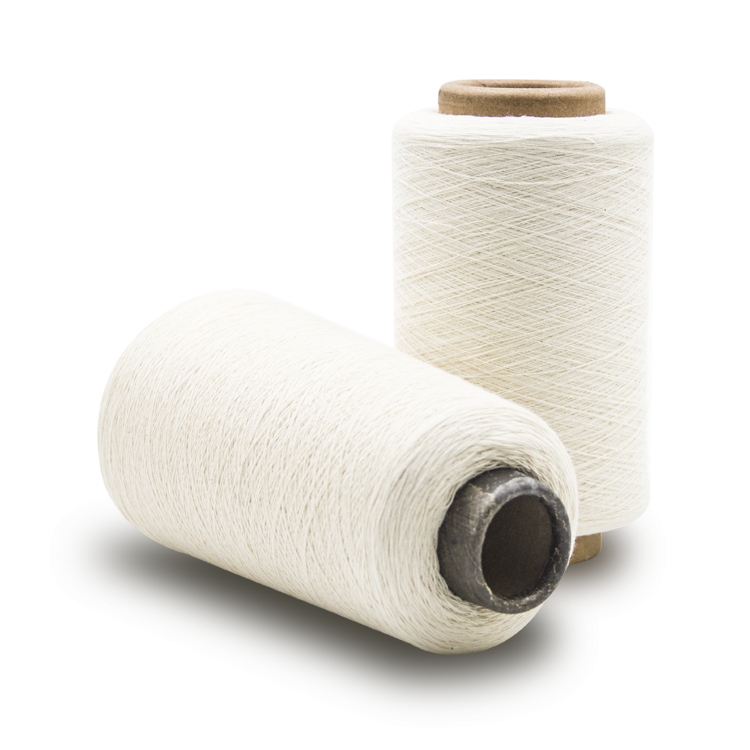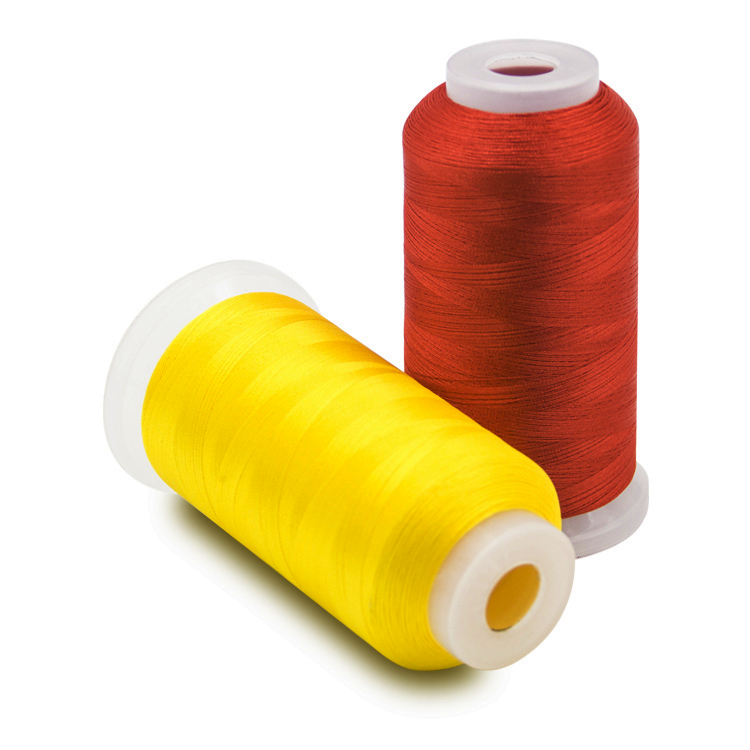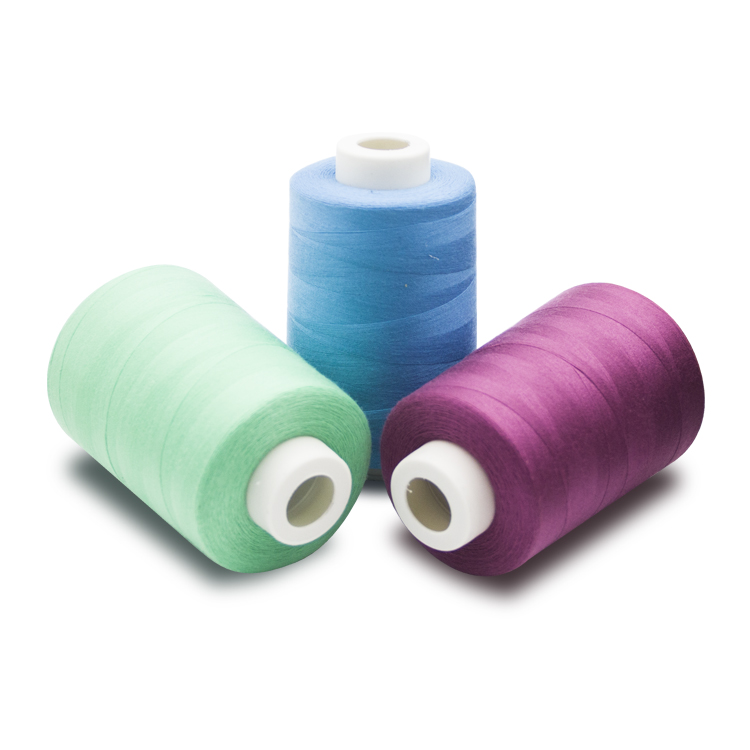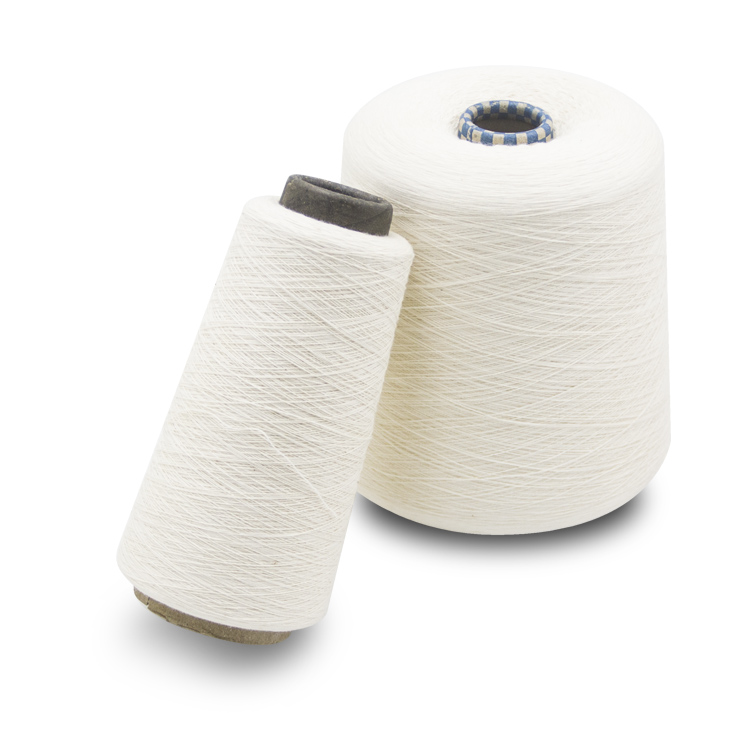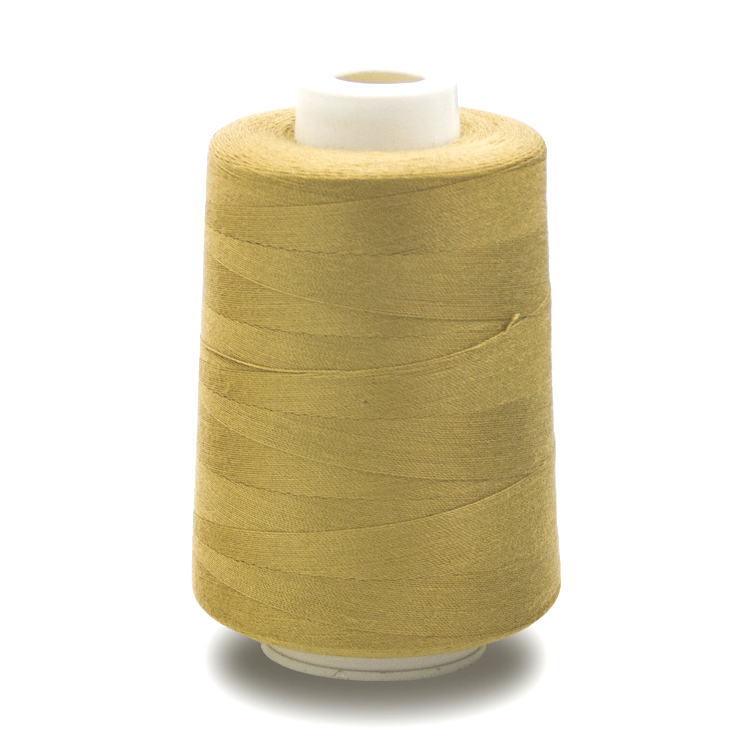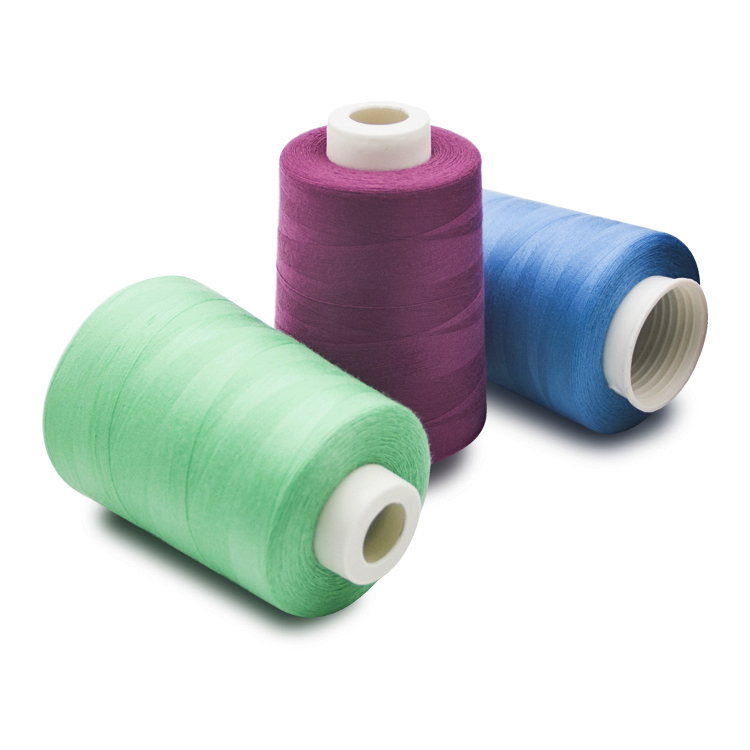Share to:
Related Products
Mercerized 40/2 Pure Cotton Thread
LQ-3-03
Price: From $0.66
Delivery time: 9-20 days after payment
MOQ: 500 KG
Model number:40/2,40/3,20/2.20/3,30/2,30/3,50/2,60/2
Material:100% Cotton
Pattern:Dyed
Feature:Chemical resistance
This introduces the basic characteristics identification method and specific application of Guangzhou Liqi Textile Technology Co., Ltd. cotton textile yarn thread.
The cotton fiber line has a flat curved band shape in the longitudinal direction, and the closed end is tapered, and the one end grown on the cotton seed is thick and open. The cross section of cotton fiber is composed of many concentric layers, mainly including cotton fiber ray primary layer, cotton fiber line secondary layer and cotton fiber line middle cavity.
1. The primary layer of cotton fiber thread is the outer layer of the cotton fiber line, that is, the primary part of the fiber line cell. The outer layer of the cotton fiber line is a layer of wax and pectin with deep filamentous wrinkles on the surface. The primary layer of cotton fiber thread is very thin and the cellulose content is not much. Cellulose has a helical network structure in the primary layer.
2. Cotton fiber secondary layer The underlying layer of cotton fiber thread is a thin layer of raw cells, which are closely packed with microfibrils. The microfibrils are arranged in a spiral shape with the fiber axis at an inclination angle of 25 to 30 degrees. In this layer, there are almost no gaps and holes. The secondary layer is the part of the cotton fiber line that is deposited during the thickening period, almost all of which is cellulose. Due to the daily temperature difference, most cotton fiber strands deposit a layer of cellulose on a daily basis, so that the cotton fiber line can be formed. The deposition of cellulose in the secondary layer is not uniform, but the shape of the bundled small fibers is spiraled to the fiber axis and turns along the length of the fiber, which is the reason for the natural twist of the cotton fiber line. . The development of the secondary layer of cotton fiber line depends on the growth conditions and maturity of the cotton fiber, which can determine the main physical properties of the cotton fiber line.
3. Cotton fiber line cavity After the growth of the cotton fiber line is stopped, the remaining space in the cell wall is called the middle cavity. The cotton fiber line of the same variety has approximately the same circumference of the primary cells in the middle section of the cotton fiber line. When the secondary cell wall is thick, the middle cavity is small; when the secondary wall is thin, the middle cavity is large. When the cotton boll matures and the crack is opened, the cotton fiber line has a circular cross section, and the cotton fiber line has a circular cavity. The middle cavity section corresponds to 1/2 or 1/3 of the fiber cross-sectional area. When the cotton boll is naturally cracked As the moisture in the cotton fiber line evaporates, the fiber cell wall is dry, the cross section of the cotton fiber is rounded, and the cross section of the middle cavity is also flattened. The cross section of the hollow cavity is only about 10% of the total fiber fabric.
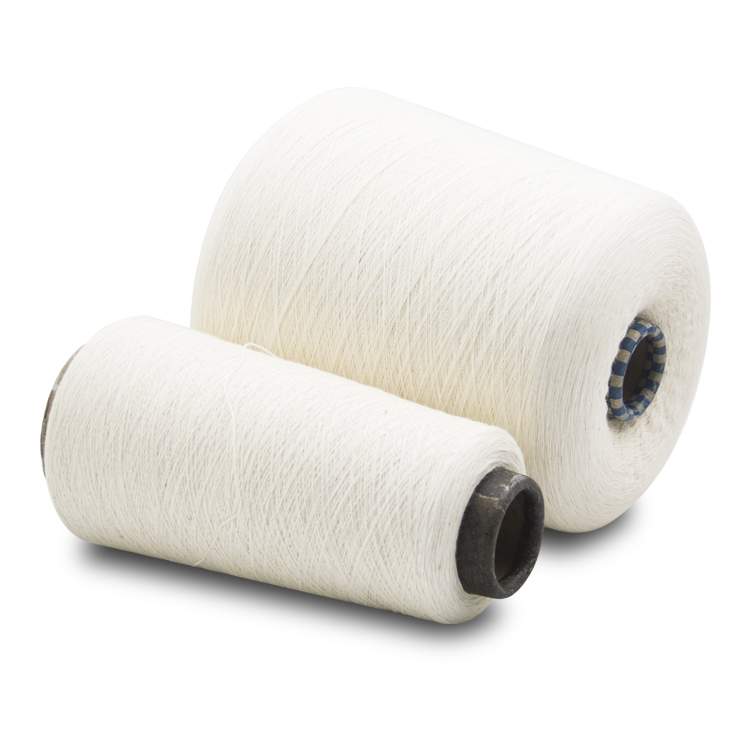
Identify cotton thread
Look at the color, if the color is particularly bright and shiny, it is impossible to be a cotton thread, because the cotton thread is impossible to shine, and the color of the cotton thread will be retreat under the multiple washing and sunlight, this is inevitable. You can also take some points to burn it. You can see it at a glance. Of course, chemical fiber is not burnt, but some artificial cotton threads can also burn nothing, but they are usually very bright (such as mercerized cotton) and they The burning is really clean. And it burns faster.
Identify cotton rope
The shape of the cotton rope is the same as that of the wool. There are thick and thin lines. The thin thread and the fine wool are almost thick. It is suitable for knitting short sleeves with a needle in the summer or a sweater with a crochet. The cotton cord is soft and can be used. It is better to weave and give the baby a sweater, and it is better than the multi-strand general cotton thread, and there will be no oblique or leaky weaving. Such cotton threads are monochromatic and multi-colored, and the color is also rich. The knitted sweater is breathable and sweat-absorbent.
If the cotton thread is too thick, it feels a little thicker, but he can give some sweaters that are afraid of wearing a sweater to wear it in the winter, so that you don't feel uncomfortable wearing other sweaters. (Many mothers like this) But if this is the case, it is best to weave the elastic needle, (two up and two times) because the elasticity of the cotton thread is no other wool (wool), and it is also close to the body. Such lines are also monochromatic and colored, and are good cotton threads.
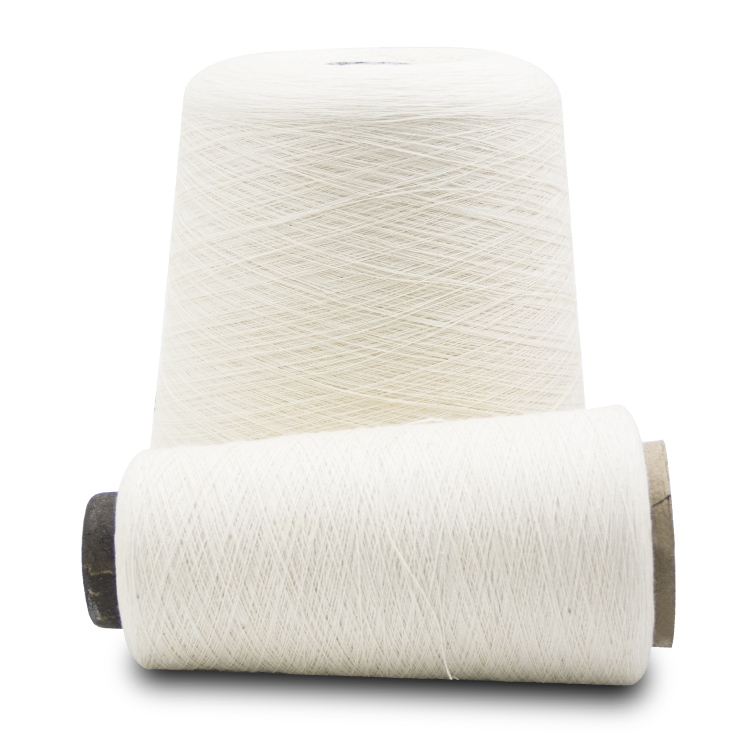
Cotton hollow flat belt
The cotton hollow flat belt line also has a thick or thin hollow flat belt line. The effect of weaving is similar to that of the cotton rope, but it will be a little thinner than the thick cotton rope, so the summer wear is also suitable, and this line The hollow flat belt is loosely woven and easy to sag, and the flat belt line (the common problem of the flat belt line) is also monochromatic and colored. Since such a hollow flat belt line is hollow, the air permeability is also good.
Cotton line hygroscopicity
The cotton fiber thread has good hygroscopicity. Under normal circumstances, the cotton fiber thread can absorb water into the surrounding atmosphere, and its moisture content is 8-10%, so it contacts human skin and makes people feel soft without stiff. If the humidity of the cotton cloth increases and the ambient temperature is high, the water content in the cotton fiber line will all evaporate and dissipate, so that the fabric maintains a water balance state, which makes people feel comfortable.
Cotton warmth
Because the cotton fiber line is a poor conductor of heat and electricity, the heat transfer coefficient is extremely low, and because the cotton fiber line itself has porosity and high elasticity, a large amount of air can be accumulated between the cotton fiber lines, and the air is a poor conductor of heat and electricity. Therefore, cotton fiber line textiles have good warmth, and wearing cotton fabrics makes people feel warm.
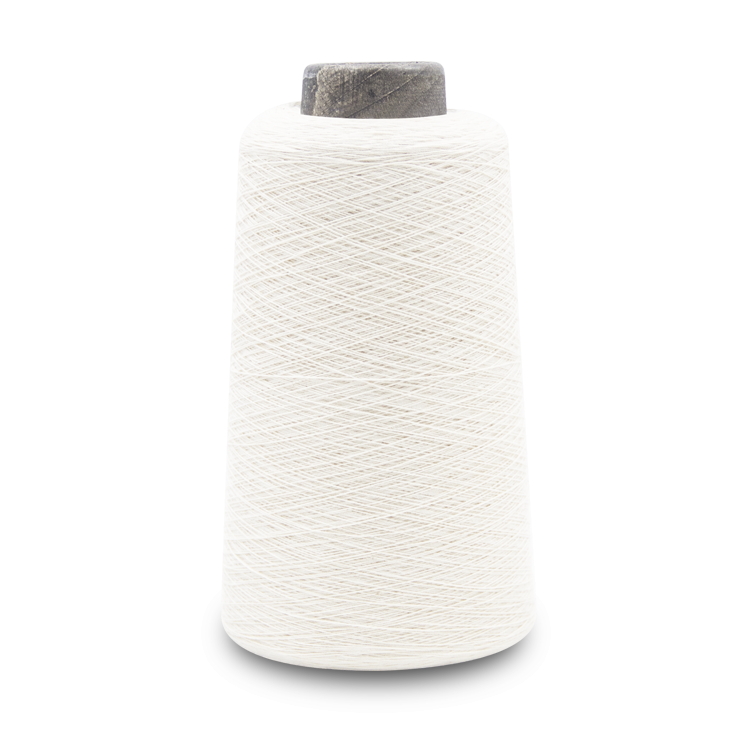
Cotton heat resistance
Pure cotton fabrics have good heat resistance. When the temperature is below 110 °C, it will only cause the water on the fabric to evaporate without damaging the fibers. Therefore, the cotton fabrics are worn at normal temperature, and the washing and dyeing have no effect on the fabric. This pair improves the washability and durability of cotton fabrics.
Cotton line alkali resistance
The cotton fiber line has a large resistance to alkali. The cotton fiber line does not break in the alkali solution. The performance is beneficial to the washing of the pollution after disinfection, disinfection and impurity removal, and also for the cotton textile. Dyeing, printing and various processing to produce more new varieties of cotton.
Cotton thread hygiene
The cotton fiber line is a natural fiber, the main component of which is cellulose, and a small amount of waxy substance and nitrogenous substance and pectin. Cotton fabrics have been inspected and practiced in many aspects. The fabric is in contact with the skin without any stimulation, no negative effect, long-wearing is beneficial to the human body and has good hygienic performance.
